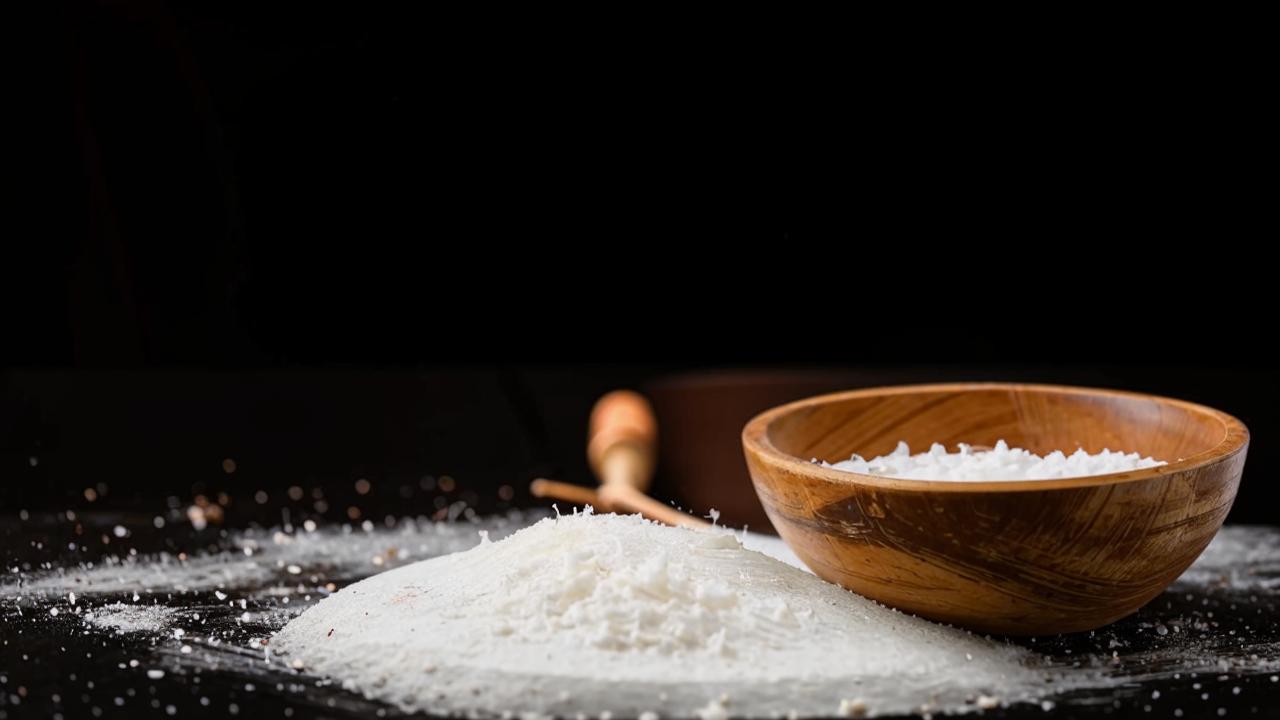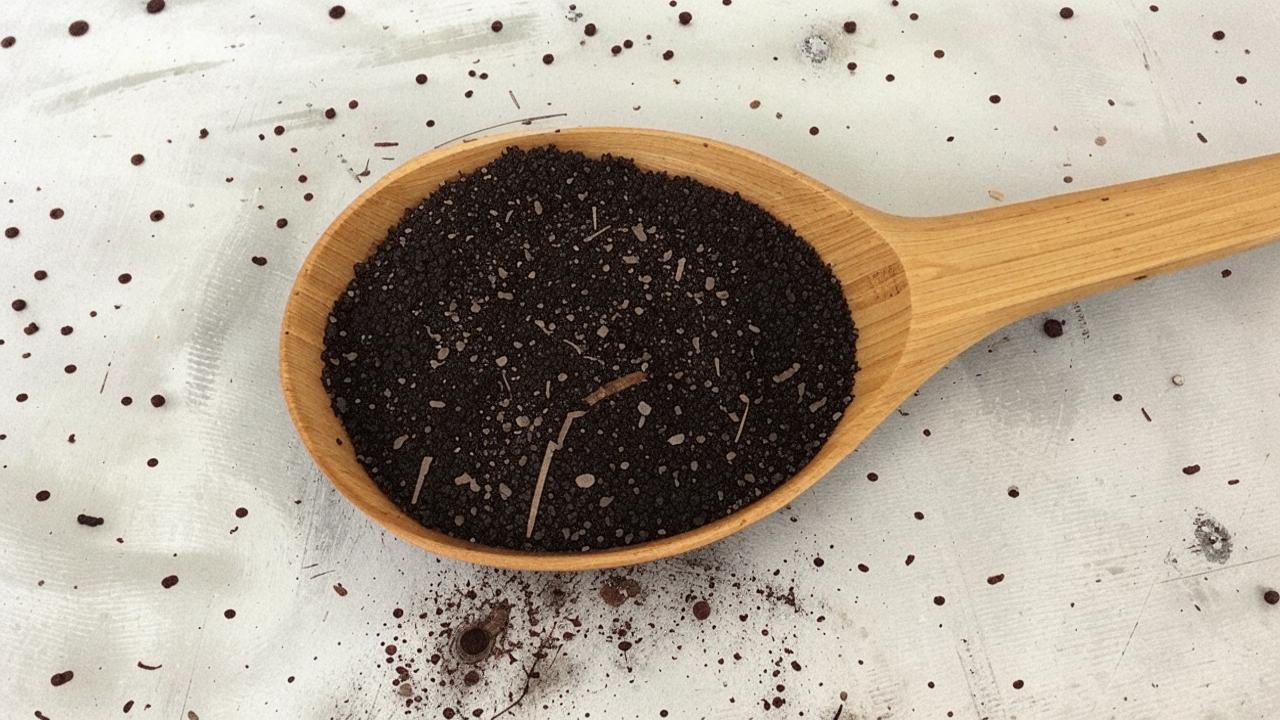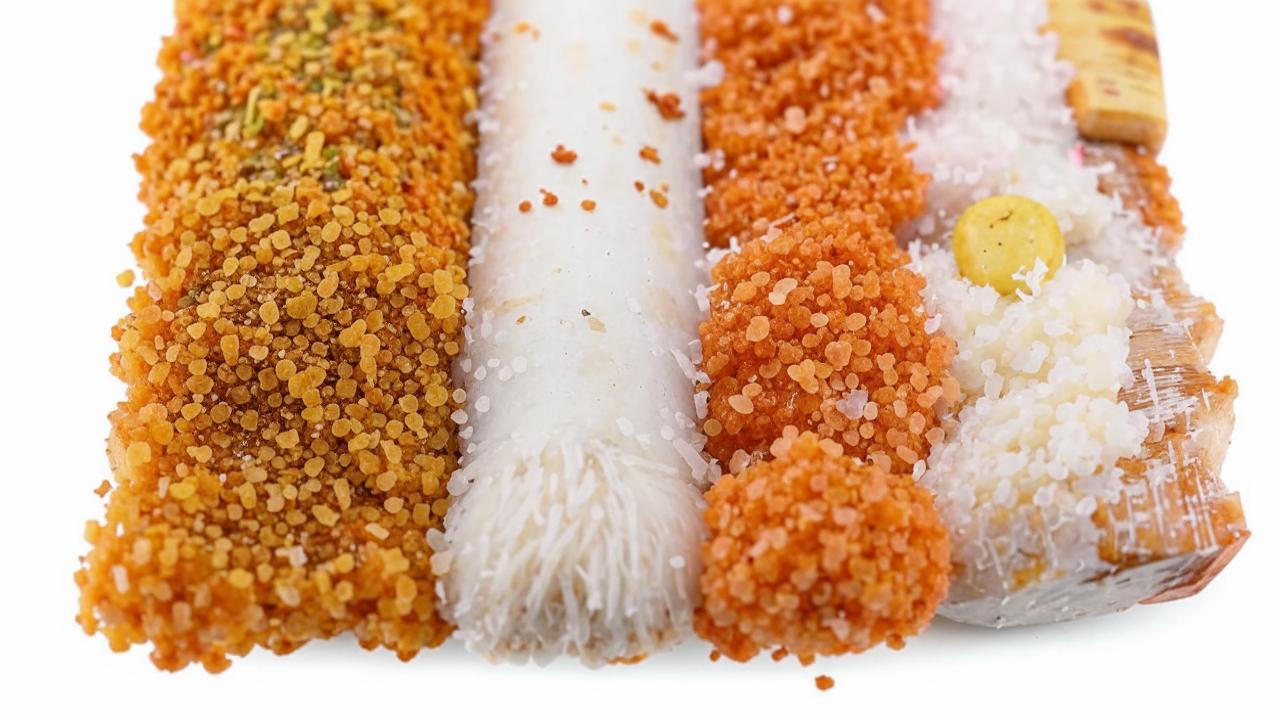Salt is a vital foodstuff that ensures the normal functioning of the body. Chlorine ion provides synthesis of hydrochloric acid, an important element of gastric juice. And sodium is the main mineral in the blood plasma, providing an optimal water-electrolyte balance. It is essential for normal growth, healthy muscle function and nerve impulses.

However, excess sodium retains fluid in the body and increases blood pressure. According to WHO recommendations, the daily amount of salt in the diet should not exceed 5 g for an adult.
Today there are different types of salt on sale. In order to choose the most useful and safe one, let’s understand the peculiarities of each one together with Vladimir Nekrasov, doctor of the highest category in the field of laboratory diagnostics, lieutenant colonel of medical service, and Alisa Baltsevich, head of AGreen Altai Agroecological Company, experts of SN PRO EXPO FORUM.
Table salt
Table salt is a popular product used by a huge number of people. It undergoes thorough purification from impurities, which also removes useful substances such as iron, potassium, copper from its composition.

For a crumbly structure, special components are added to the salt – moisture vaporizers, then bleached and added potassium iodide, which has a negative effect on the body. Therefore, it is not recommended to abuse such salt.
Salt “Extra”
One of the most harmful is considered salt “Extra”, a kind of table salt. To obtain it, a method of evaporation and purification with soda is used. Various chemical impurities can also be added. The final product contains almost no useful components – it remains pure sodium chloride. Such salt will not bring benefits, and in large quantities will even cause harm.
Iodized
Iodized salt is no less popular than table salt. And it should be noted, the difference between them is insignificant.
Iodized is enriched with potassium iodide. The product is recommended to take with iodine deficiency in the body or for its prevention. It is important to remember that with temperature processing, iodized salt loses its useful properties.
Sea salt
This type of salt is extracted mainly by natural means and contains many useful substances, including magnesium, potassium, sulfates. But most of it is still made up of chlorides and sodium.

The iodine content in sea salt is small. Therefore, if you need to replenish its reserves, it is better to consult a doctor. He will prescribe a certain diet and drugs against iodine deficiency.
Himalayan salt or pink salt
This salt is becoming increasingly popular, which is due not only to the many useful trace elements in the composition (sodium chloride, potassium, calcium, magnesium, fluorine), but also to its attractive appearance.
Salt is widely used not only in cooking, but also in cosmetology. It received its pleasant pink color due to the high content of iron oxide. Himalayan pink salt is mined in Pakistan, near the Himalayas, from where the name comes.
Black salt
This type of salt is less popular in Russia compared to the others. However, black salt is considered a common and useful seasoning in many countries and peoples.
It is mined in places where hydrogen sulfide is present. The salt is sold in a practically unpurified form. According to scientists, it is safer and healthier for the body due to the components that improve digestion.

Black salt helps increase appetite, eliminates constipation and flatulence. However, it should not be confused with Thursday salt (it has the same color).
Thursday salt
Salt prepared by a special method on Holy Thursday before Easter. Thursday salt is also called black salt. In the process of preparation it changes its color from dark gray to rich black due to mixing with rye bread and bran during roasting.
Widespread among believers, it is also used in folk medicinal recipes and in cosmetology.
What kind of salt to choose?
There is no special difference for the body from the regular use of a particular type of salt. In each of them, sodium chloride predominates, and only a small percentage falls on useful trace elements.

But it should be noted that due to the careful processing of table salt and “Extra” all the useful elements disappear from the composition. A little more benefit and less harm can be obtained with the use of Himalayan (pink) and black salt, as well as sea salt. But not more than 5 g per day.
According to experiments conducted in the 80’s and 90’s, the results of which were published in The Times magazine, reducing the amount of salt consumed in food by 25% reduces the risks of heart attack, stroke and sudden cardiac arrest.
It is important to remember that whatever salt you choose, you should be moderate and keep in mind that it is found in many foods, for example, convenience foods and canned goods.





